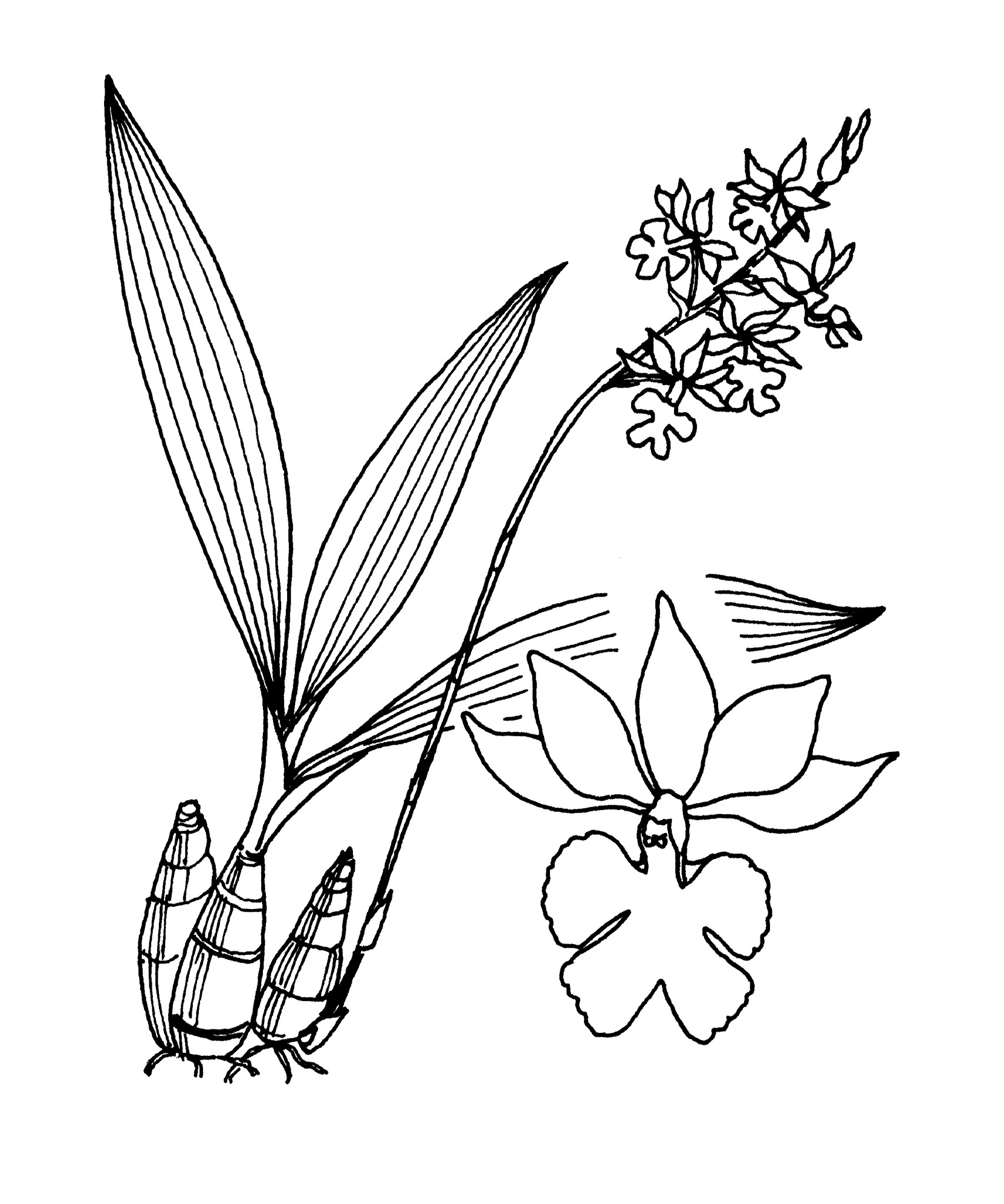
Greek calos – beautiful; anthos – flower; an allusion to the attractive flowers.
Terrestrial or rarely epiphytic herbs, sympodial. Stems thickened into small subterranean or large exposed pseudobulbs, dense, sheathed by leaf bases. Leaves basal and apical, 2 to several, large, thin, pleated, deciduous or evergreen, stalked. Inflorescences basal or terminal racemes, open or dense, erect or arching. Flowers resupinate, few-many, small to medium sized, variously coloured. Sepals similar, free, usually spreading. Petals similar to sepals, free. Labellum entire or 3-lobed, midlobe often deeply 2-lobed, base fused to column to form a tube, basal spur often also present. Column long or short, united with labellum for most of its length. Pollinia 8, in 2 groups of 4, waxy.
About 150 species from most tropical and temperate parts of the world.
Robust terrestrials with large pleated leaves; flowers in long erect racemes.
Source: (2005). Orchidaceae. In: . Horticultural Flora of South-eastern Australia. Volume 5. Flowering plants. Monocotyledons. The identification of garden and cultivated plants. University of New South Wales Press.
